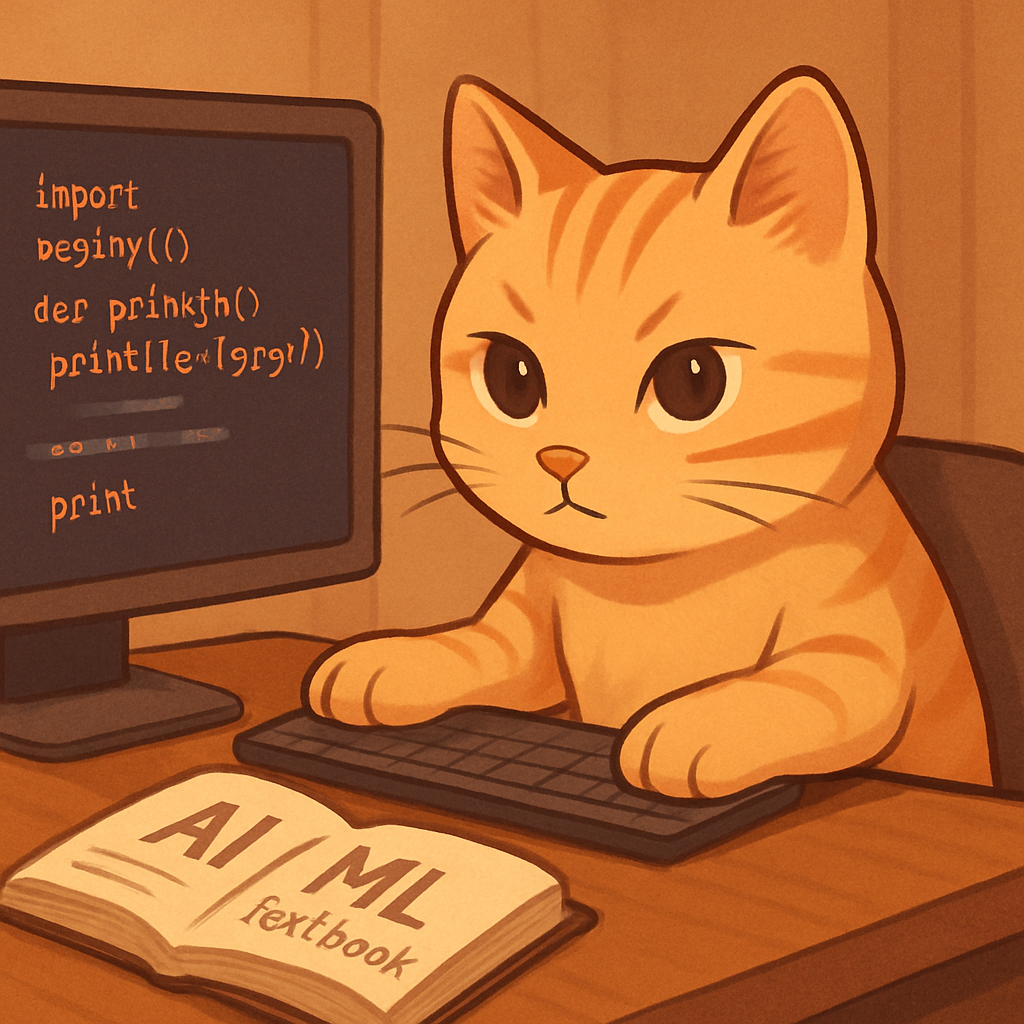Building an AI Platform for Seniors: Setting Goals and Understanding the Challenge
Why I studied this
As I learned more about AI and web development, I realized that most AI tools are designed for tech-savvy users. I kept thinking about my parents and older relatives who could benefit from AI but feel intimidated by complex interfaces. I wanted to create something meaningful - not just another practice project, but a real product that could help bridge the digital divide and make AI accessible to seniors.
What I did
Setting My Goals
I decided to build an AI platform specifically designed for seniors (40s-60s+) with five clear objectives:
1. Make AI Accessible to Seniors
My main goal was to let people in their 40s, 50s, and 60s easily experience, understand, and use AI without any technical barriers. I wanted them to feel confident, not confused.
2. Focus on Real AI Utility
This would not be a game site or entertainment platform. I wanted to provide actual AI tools that could help seniors in their daily lives - things like text assistance, image recognition, or speech processing.
3. Super Simple Interface
I aimed for a clean, minimal UI with few buttons and no clutter. I took inspiration from apps like Instagram or KakaoTalk that my older relatives actually use successfully.
4. Easy to Introduce in Community Settings
I imagined this platform being used in senior centers, community hubs, or welfare facilities - almost like an AI experience booth where staff could easily demonstrate AI to visitors.
5. Build a Portfolio-Worthy Product
This wasn’t just practice - I wanted to create something worth showcasing as a socially impactful product that could make a real difference.
Understanding the Target Users
I spent time thinking about what seniors really need from technology:
Technical Limitations to Consider
- Many seniors have low digital literacy
- Small text and complex instructions are barriers
- Multi-step processes can be overwhelming
- Fear of “breaking something” or making mistakes
Design Principles I Established
- Large, clear buttons with simple labels
- Minimal text using everyday language
- One task per screen
- Immediate, obvious feedback
- No technical jargon
Researching AI Applications for Seniors
I brainstormed which AI features would actually be useful:
Potential AI Tools
- Text summarization for long articles or documents
- Voice-to-text for easier communication
- Image description for accessibility
- Simple photo editing or enhancement
- Phishing or scam detection
- AI-generated voice recognition for safety
Questions I Had
- Which of these would seniors actually use?
- What problems do they face that AI could solve?
- How do I avoid creating solutions for problems that don’t exist?
What I learned
This planning phase taught me several important lessons:
- User research is crucial: I realized I was making assumptions about what seniors need without actually talking to them
- Simple doesn’t mean easy to build: Creating a truly simple interface requires more thought, not less
- Social impact requires real understanding: Building something meaningful means understanding the actual problems people face
- Technical constraints shape design: I had to consider not just what’s possible, but what’s practical for the target environment
The biggest insight was that I needed to balance my technical ambitions with real user needs. It’s easy to get excited about AI capabilities, but much harder to figure out which ones actually improve people’s lives.
What I want to do next
- Interview actual seniors about their technology needs and frustrations
- Research existing studies on senior technology adoption
- Create simple mockups to test basic interface concepts
- Investigate which AI APIs are most reliable and cost-effective
- Plan the technical architecture for easy deployment in community settings
